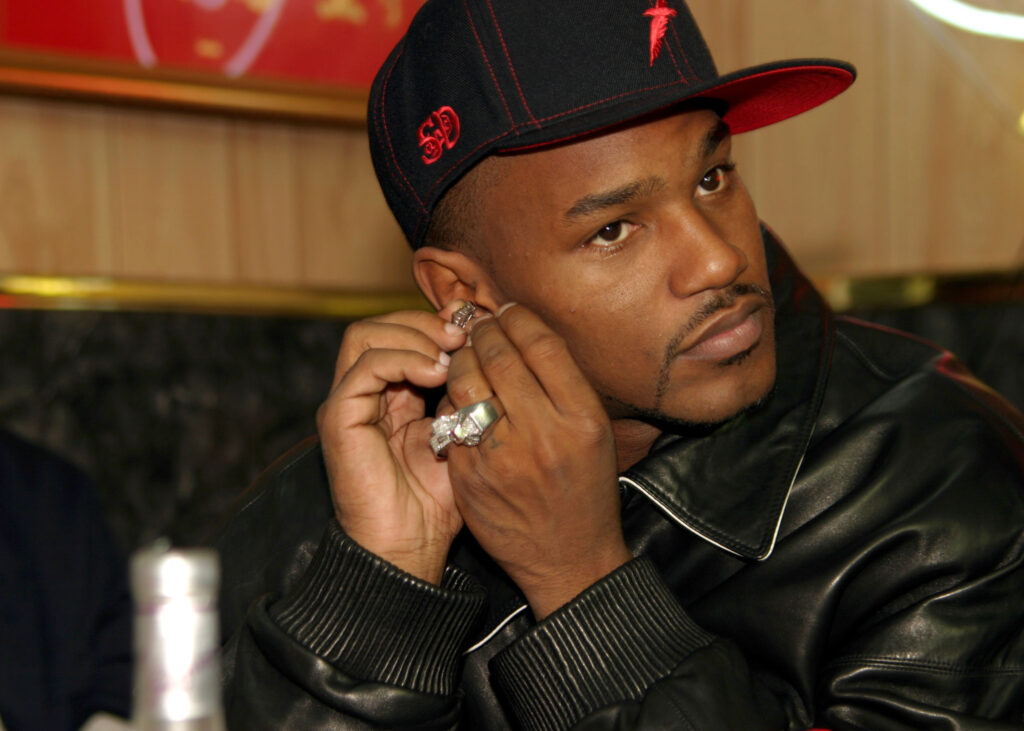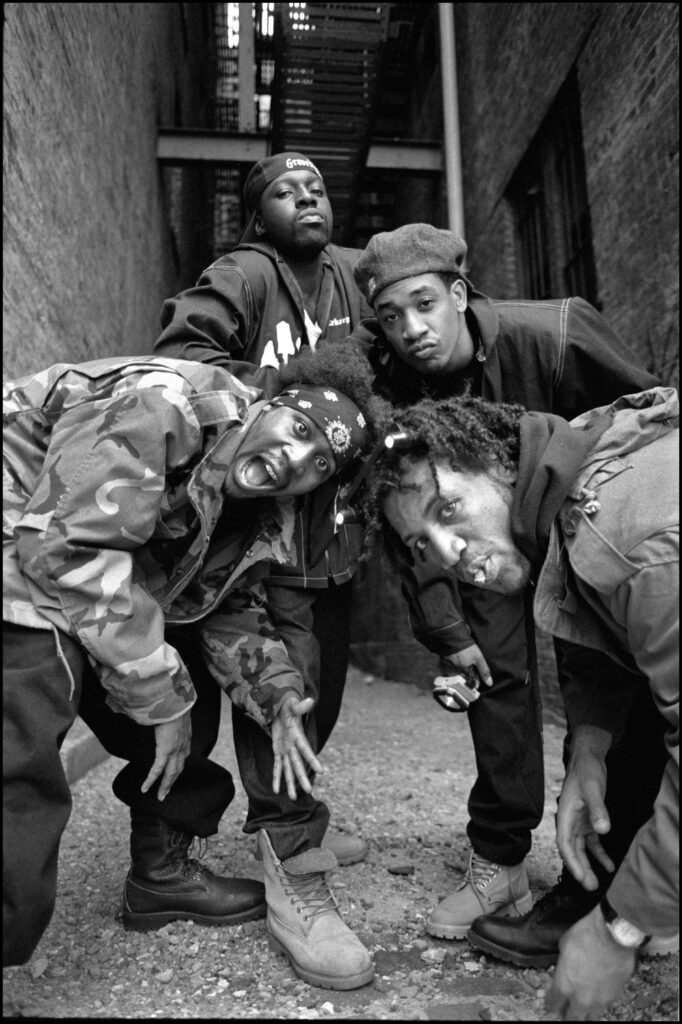In 1993, Eazy-E dropped what is arguably one of Hip Hop’s most notable EPs. After all, it’s not very often artists release an entire project dissing another artist. The EP was a ballsy move from Eazy-E, who had major beef with Dr. Dre. Without a doubt, the project marks one of the most iconic diss moments in Hip Hop history. It’s On (Dr. Dre) 187um Killa turned 30 this year. Even after all that time, the project still commands much respect and reverence. It most likely always will, as it was truly a moment to remember in Hip Hop history.
Setting The Stage
Eazy-E and Dr. Dre were embroiled in a highly publicized and bitter feud at the time of the EP’s release. The beef between the two rappers escalated after Dr. Dre left N.W.A. and Ruthless Records over financial disagreements. Subsequently, Dr. Dre founded Death Row Records with Suge Knight, the D.O.C., and Duck Griffey. Consequently, the tension surrounding Dre’s departure led to a series of diss tracks from both parties. Notably, Eazy-E released It’s On (Dr. Dre) 187um Killa on October 19, 1993, as a response to Dr. Dre’s album iconic, The Chronic.
Eazy-E and Dr. Dre Fire With Words
On Dr. Dre’s The Chronic, the MC takes straightforward shots at Eazy-E. On “F**k Wit Dre Day,” he even employed the assistance of his friend, Snoop Dogg. Evidently, Eazy-E didn’t take it lying down. It’s On (Dr. Dre) 187um Killa was the late MC’s way of defending his reputation and asserting his dominance in the West Coast rap scene. The EP contained explicit and confrontational lyrics aimed at Snoop Dogg, Death Row Records, and especially Dr. Dre.
In fact, only three songs of the 8-track EP are free of any lyrical jabs against Dr. Dre. These three songs are “Any Last Werdz,” which was released as a single, “Gimmie That Nutt,” and a G-Mix of the Ice Cube-penned “Boyz N tha Hood.” Eazy-E used this EP to express his anger at Dr. Dre, as well as his frustration and defiance. After he dropped “Real Muthaphuckkin G’s” as a single, not many people expected an entire project dedicated to Dre to follow. It’s On (Dr. Dre) 187um Killa is widely regarded as one of the most badass responses to a diss in rap’s history.
Contributors On It’s On (Dr. Dre) 187um Killa
Between the producers and featured artists on the EP, it took a small village to put it all together. The entire EP was produced by Rhythm D, DJ Yella, Cold 187um, Dr. Jam, Madness 4 Real, and Eazy-E. Furthermore, the guest appearances include B.G. Knocc Out and Dresta on “Real Muthaphuckkin G’s,” Cold 187um and Kokane on “Any Last Werdz,” and Dirty Red, who features on “Down 2 tha Last Roach” alongside B.G. Knocc Out.
In addition, the EP heavily employs the use of samples. In detail, only the first track, “Exxtra Special Thankz,” is rid of samples. Every other song on the project contains selections from one or more songs, mainly by Eazy-E or N.W.A. Notably, the track “It’s On” contains a sample from Dr. Dre’s diss track “F**k Wit Dre Day.” Consequently, one could say Dr. Dre contributed to the making and success of this diss project by Eazy-E.
Easy-E’s Diss Project, A Cultural Artifact
Over the last 30 years, the legacy of It’s On has steadily grown stronger. It was Eazy-E’s last project in his lifetime and peaked at No. 5 on the Billboard charts. Although other works have been released posthumously, none of them compare to the impact this one has had. Despite receiving mixed reviews upon its release, the EP is now considered historically significant to Hip Hop. Fans are almost grateful for the beef between Dr. Dre and Eazy-E because of the classic projects their feud birthed. Sadly, Eazy-E passed away in 1995, but this EP is one of the ways through which his name will live on forever.
[via]
The post Eazy-E “It’s On (Dr. Dre) 187um Killa” Turns 30: A Response To “The Chronic” appeared first on HotNewHipHop.




